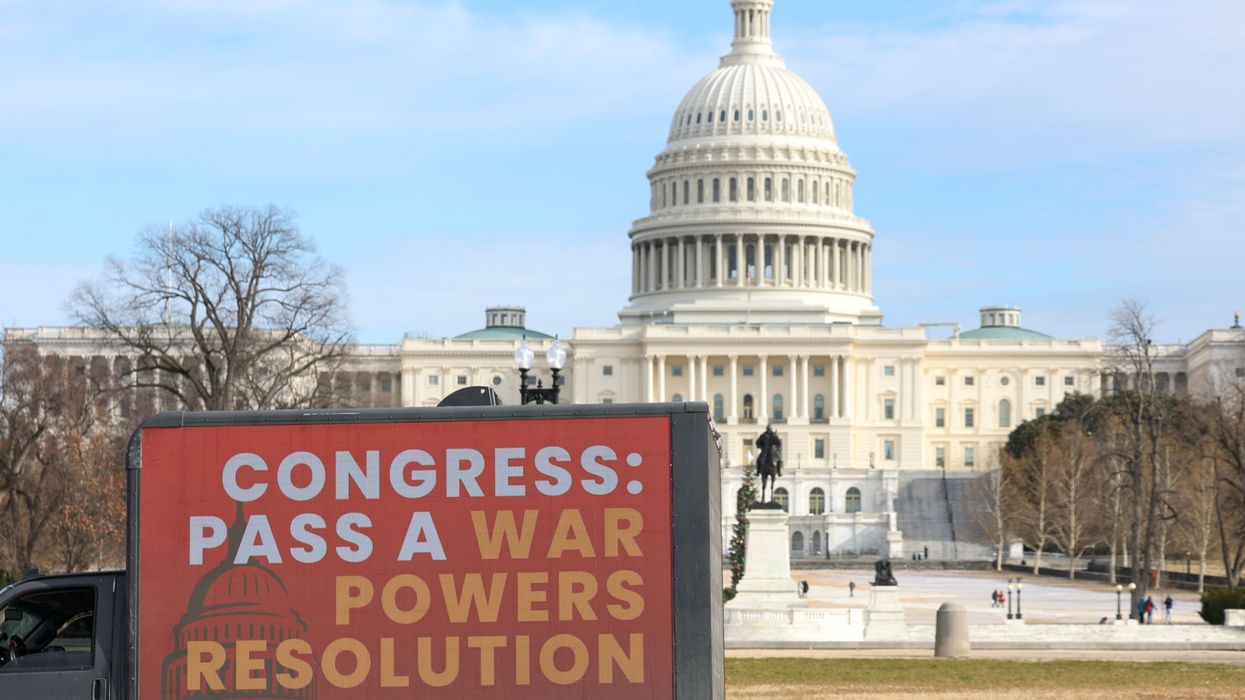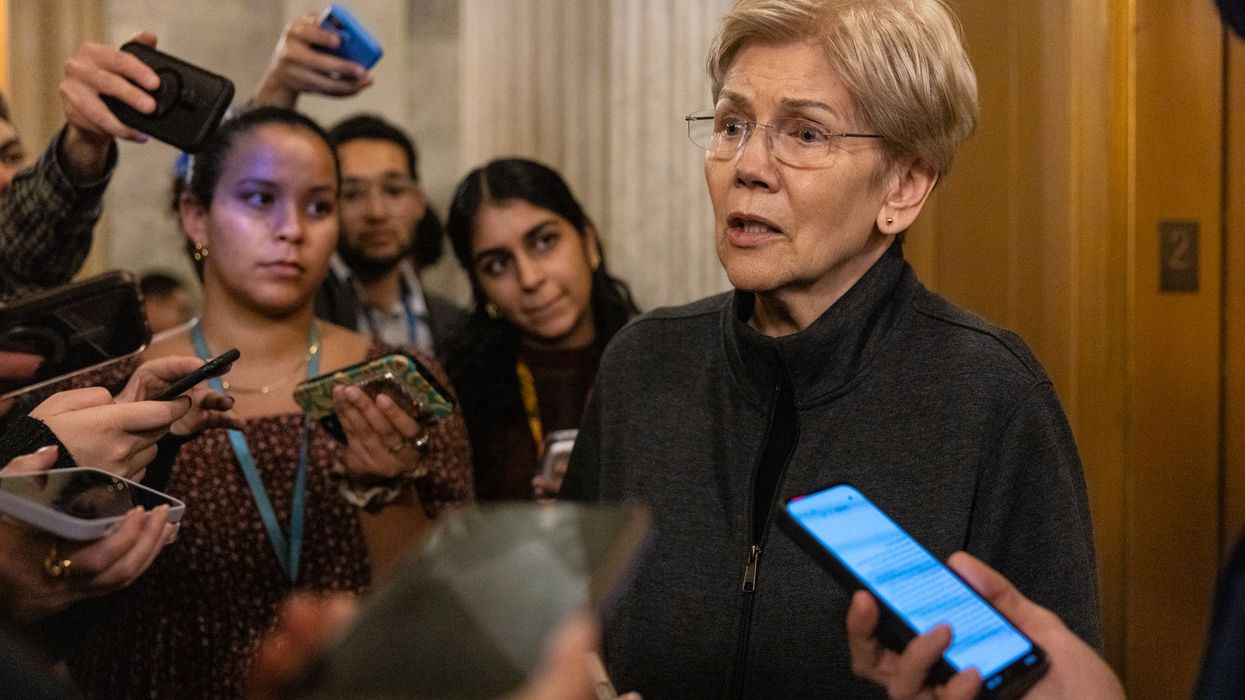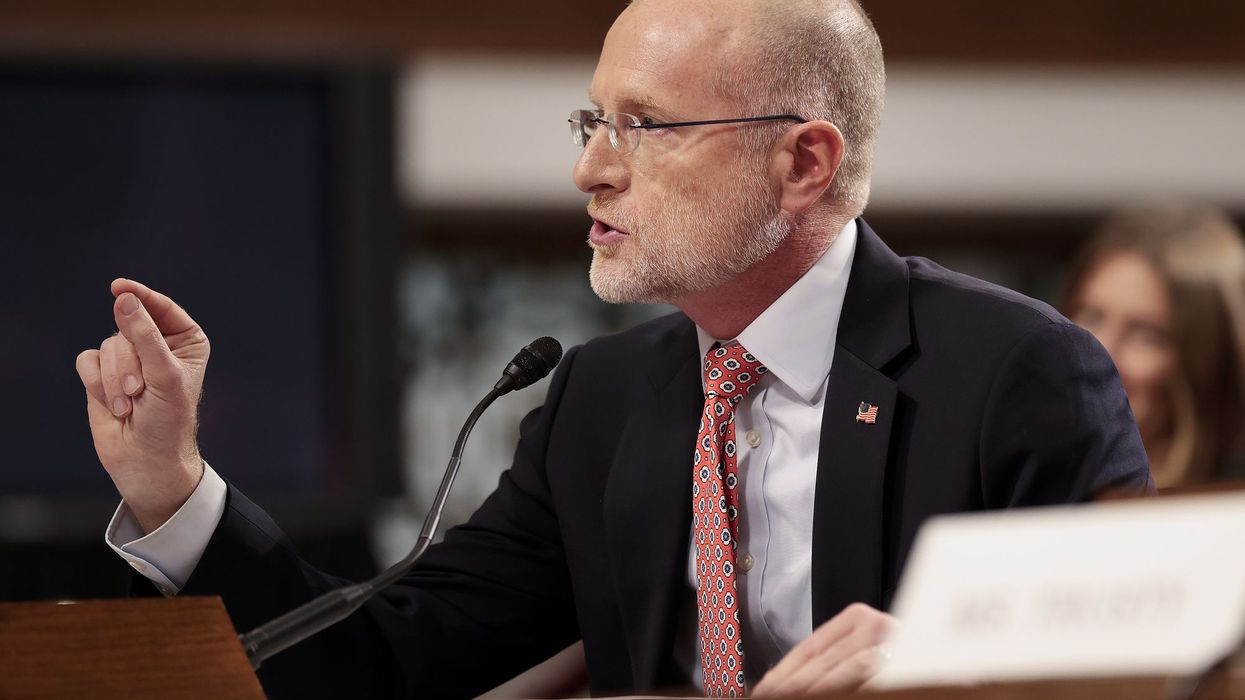The United States this year experienced an incredible string of extreme weather events, many of which are expected to become worse as the climate changes.
So far, the National Oceanic and Atmospheric Administration's (NOAA) National Climatic Data Center (NCDC) has recorded 10 disasters between January and August that have each inflicted more than $1 billion in damage. Severe snowstorms, massive spring floods, oppressive heat waves and hurricane flooding took a toll in 2011 on the U.S. Recent events could drive the 2011 total to a record-breaking 14 weather disasters, adding up to an estimated $53 billion in costs, according to a preliminary analysis by Jeff Masters, chief meteorologist at Weather Underground.
While efforts are underway to reduce the emissions that drive climate change, some global warming is locked in, and many people will have to cope with the impacts it has on extreme weather, their daily lives, health and economic well-being.
Below, UCS has assembled information on the science regarding three types of extremes--heat, drought and intense rainfall--that are most strongly linked to climate change, along with summaries of how such extreme events affected the United States in 2011 and how they may affect the country in the future. Please also find updates on efforts to reduce emissions and provide relevant climate science information to decision makers.
For the continental United States, 2011 was the hottest summer since the Dust Bowl. Forty-two states had above-normal temperatures for the summer months and four states broke records for extreme summer heat. During a July heat wave, the National Weather Service had issued heat alerts for areas home to approximately 141 million people and media reports indicate that dozens of people may have died from the extreme heat.
Extreme heat is a public health threat and an economic drain.
More than 8,000 Americans died from extreme heat between 1979 and 2003, more than were killed by earthquakes, floods, hurricanes, lightning, and tornadoes combined.
In addition to the direct effects of heat stress, higher temperatures also cause increased ozone pollution which triggers breathing problems. The heat also drives spikes in energy demand as people crank up their air conditioners. During the 2011 heat wave, peak power prices in affected areas jumped from $100 per megawatt hour to $350.
Extreme heat can have a disastrous impact on the nation's largest industry--agriculture. It can drag down yields for corn, soybean, wheat and cotton. For livestock, extreme heat can reduce milk production by as much as fifty percent, lower the rate at which livestock gain weight, and greatly reduce reproduction rates.
The link between extreme heat and climate change is found in how climate change alters the distribution of weather toward more heat and less cold. Warmer air holds more moisture, causing heat indices, which conveys what it feels like outside, to rise. Climate change is also driving up night-time temperatures even faster than day-time temperatures, meaning there is less relief from extreme heat at night.
In the 1950s, record high temperatures were just as likely to occur as record cold temperatures. But over the last decade, the United States has set twice as many record highs as record lows. Similarly, there has been an increase in high-humidity heat waves characterized by high nighttime temperatures.
According to the last National Climate Assessment, staying on a high emissions path is likely to make extreme heat events that occurred just once every 20 years in the past happen every two years, if not every single year, throughout the country by the end of the century. In some areas, future summers may be comprised of months-long periods of "extreme" heat today. Over the very long term, higher temperatures could make it very difficult, if not impossible, for people to tolerate the outdoor heat during the hottest months of the years in many parts of the world.
If we do nothing to curb the emissions that drive climate change, the number of days over 100 degrees Fahrenheit in Chicago per year, for instance, could spike from an historical average of less than 10 to between 30 and 45 days by the end of the century under the current higher emissions path.
But under a lower emissions path it could remain about the same as today.
Climate Change and Heavy Flooding
Two great American rivers, the Missouri and Mississippi, broke their banks due to a combination of climate and weather factors this year.
Both floods made NCDC's list of $1 billion plus disasters. An initial tally of the damage from the Missouri flood exceeded $2 billion, including the cost of 11,000 evacuations in Minot, ND, breached levees and thousands of flooded acres of farmland. Meanwhile, NCDC initially pegs the cost of the Mississippi flood at between $2 billion and $4 billion. Damages include "$500 million to agriculture in Arkansas; $320 million in damage to Memphis, Tennessee; $800 million to agriculture in Mississippi; $317 million to agriculture and property in Missouri's Birds Point-New Madrid Spillway; $80 million for the first 30 days of flood fighting efforts in Louisiana."
More broadly, according to NOAA, flash flooding and river flooding in the United States caused an average of $2.7 billion in property and crop damages annually from 2000 to 2010 (in 2007 dollars). Climate change certainly plays a role in heavy precipitation and this year was consistent with a 50-year-long shift toward heavier precipitation, but other factors combined to make April 2011 the 10th wettest on record in the United States. La Nina and the buildup of snowpack in cold mountain regions - which can rapidly melt when temperatures warm - set the stage for dramatic floods when intense spring rains arrived.
Additionally, scientists know that higher temperatures lead to more water evaporation from the ocean and soil into the atmosphere. As average global temperatures rise, the warmer atmosphere can also hold more moisture, about four percent more per degree Fahrenheit temperature increase.
Accordingly, with around a degree Fahrenheit warming that has occurred, worldwide, water vapor over oceans has also increased by about four percent since 1970 according to the 2007 Intergovernmental Panel on Climate Change (IPCC) report. Small changes in the amount of water vapor in the atmosphere can have a major impact on storms, which draw upon water vapor from regions 10 to 25 times larger than the specific area where the rain or snow actually falls.
According to the most recent National Climate Assessment, scientists have observed less rain falling in light precipitation events and more rain falling in the heaviest precipitation events across the United States. From 1958 to 2007, the amount of rainfall in the heaviest one percent of storms increased 31 percent, on average, in the Midwest and 20 percent nationally. The increase in the Northeast has been the largest, at 67 percent.
The 2009 National Climate Assessment projected that climate change is likely to increase the disparity between light and heavy precipitation events. Under the current higher-emissions scenario, by the end of the century the amount of precipitation in the heaviest events would more than double, but under a lower-emissions scenario would only increase slightly above current levels.
Climate Change and Drought
The Southern Plains and U.S. Southwest continued to be dogged by persistent drought conditions throughout 2011. According to NCDC, direct losses to agriculture, cattle and structures associated with drought, wildfires and extreme heat in the region tally "well over" $9 billion.
Broadly, the cost of drought in property and crop damage averaged $1.1 billion per year between 2000 and 2009 according to NOAA. The Federal Emergency Management Agency, meanwhile, has estimated the total annual cost of drought to the U.S. at $6 billion to $8 billion.
Drought leads to serious water shortages. Drought conditions negatively affect plants' growth and survival, and trees and plants can become more susceptible to diseases or pests after suffering from drought. Droughts can also harm animals that depend on water sources, including fish that inhabit drying lakes and streams. Water shortages also can reduce water availability for hydropower. Finally, droughts increase the likelihood of wildfires, which threaten lives and can destroy hundreds of acres of forests and millions of dollars in property and crops in addition to introducing extra pollution and carbon emissions into the atmosphere.
Texas is currently suffering from its worst and most costly drought. Agricultural losses tallied in August added up to $5.2 billion. Livestock and cotton production were among the worst affected economic activities. Summer wildfires burned a record 127,000 acres. Texas State Climatologist, John Nielson-Gammon, has raised the sobering prospect that the state could be in the middle of a mega-drought that endures for years, perhaps even through 2020.
While it's difficult for scientists to precisely tease out the role climate change has played in the region's droughts historically, it's clear that climate change is intensifying the dryness of already arid regions, making them more susceptible to drought.
Climate change affects drought in several ways. Most directly, higher temperatures cause more moisture to evaporate from soil. The shift away from lighter precipitation events and toward heavier events may mean more opportunities for drought in between rainy periods, especially in regions with the steady or declining total annual rainfall. Finally, the earlier arrival of spring has caused mountain snowpack to melt earlier and, in some cases, more intensely, again robbing lowlands of a reliable supply of water during the dry season.
Scientists have already observed an increase in drought globally over the past century. Global dry areas have doubled since the 1970s, and the primary factor influencing the expansion of dry land areas since the mid-1980s has been increased surface temperatures. Areas of the western and southwestern United States have experienced persistent drought conditions since the 1990s, and in the southwest United States, three of the 11 most extreme droughts recorded since 1916 have occurred since the year 2000, during time periods associated with warmer-than-average temperatures.
Climate models project that dry regions in the west and southwestern United States will likely face an increased risk of drought as global warming continues. Models project considerably more drought for the southwest in the second half of the 21st century. In areas dependent upon Colorado River water supplies, dry spells are projected under one scenario to increase from a historical average of 4 to 10 years to 12 years or more.
How States and the Country Can Reduce the Threats from Climate Change
Scientists caution that continuing to overload the atmosphere with carbon dioxide and other heat-trapping gases will increase the risk of more wild weather. Unfortunately, global emissions of carbon dioxide, the chief heat-trapping gas driving climate change, saw their largest ever increase in 2010, according to a Department of Energy analysis. Emissions now exceed the worst-case scenarios scientists analyzed in a landmark 2007 IPCC assessment.
On Nov. 18, the IPCC is slated to release a long-anticipated report examining the science linking climate change to certain types of extreme weather and steps governments can take to prepare for harder-hitting weather as the climate changes. Meanwhile, the United States is embarking on its next National Climate Assessment, which is slated to deliver critical information to local and state policymakers to help them prepare their communities for growing risks from climate change.
Despite the need for more information about how climate change is affecting us, the future of federal climate science in the United States remains murky. For example, the White House requested nearly $350 million to create a National Climate Service within NOAA, modeled on the agency's successful National Weather Service. In July, a key House of Representatives committee passed a bill that cut all that funding. The corresponding Senate committee in September voted to partially fund the service, but at only half the level of the president's request.
On reducing emissions, states continue to lead the way. California, for example, has instituted an economy-wide program for cutting emissions and increased its requirements for utilities to switch to renewable energy. The federal government has continued to lag behind on comprehensive climate and energy policy, although the Environmental Protection Agency is expected to update the Clean Air Act to reduce carbon emissions from power plants and possibly refineries in the near future.
According to UCS, the United States needs to invest in building resilience to climate change consequences, as well as take aggressive measures to reduce carbon emissions and the risks of climate change. Preventative public health measures and local preparedness are critical for protecting public health and saving lives. But in order to effectively prepare for climate change, the United States needs to build on current federal and state actions and adopt a comprehensive national strategy to create climate-resilient communities and reduce the emissions that drive climate change.




